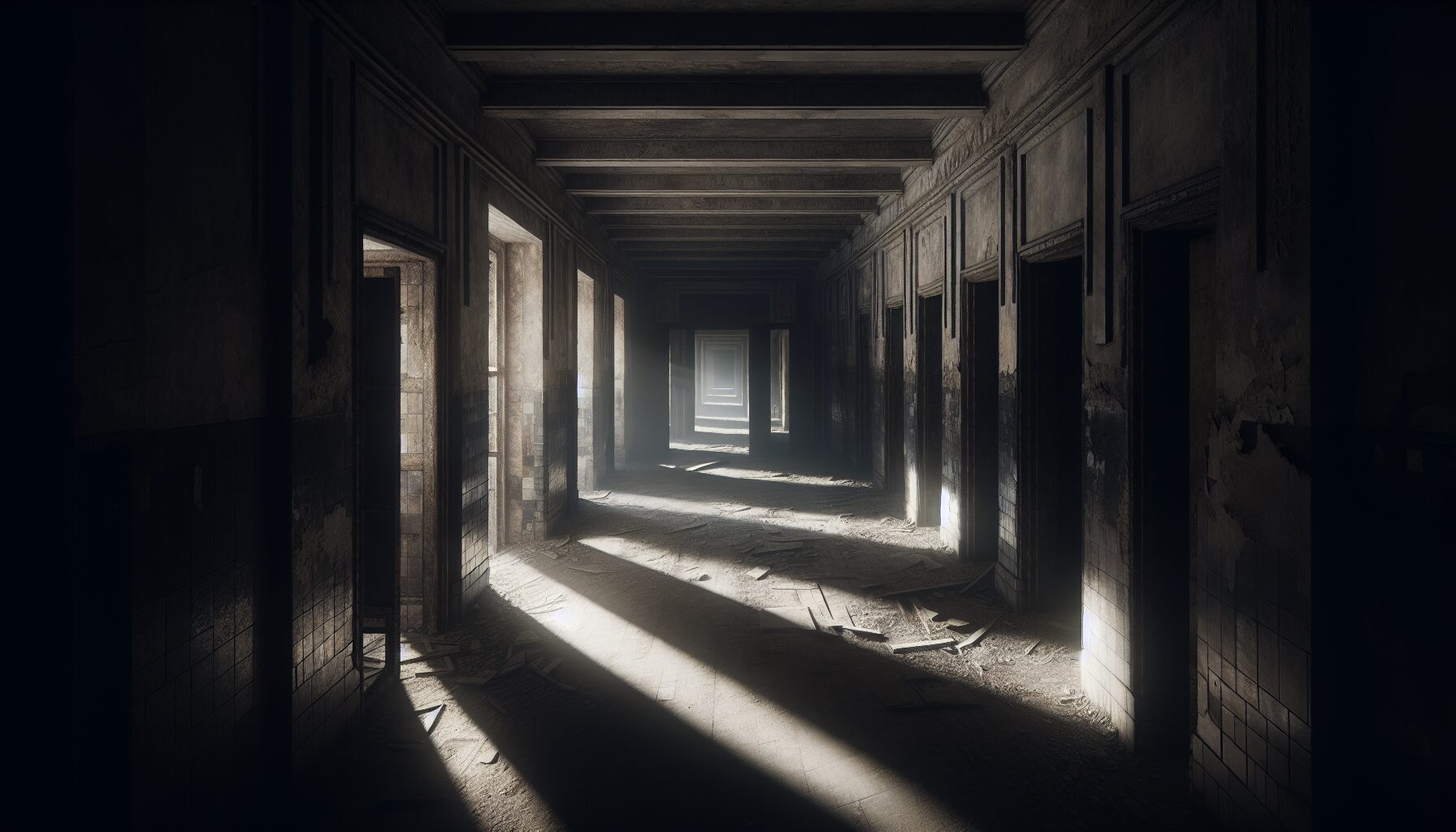There is a captivating allure in the abandoned, a silent testimony to the passage of time and the enduring legacy of human ambition. From forgotten factories to deserted theaters, these shadowed corridors tell stories of both past vibrancy and sudden desolation. In this article, we delve into the enigmatic world of abandoned places, exploring their history, charm, and the whispering echoes of the lives that once animated them.
The Fascination with Abandoned Places
The allure of abandoned sites often stems from their mysterious nature. According to The Atlantic, these spaces provoke a blend of curiosity and nostalgia. “There’s something hauntingly beautiful about places that have been left to the mercy of time,” notes urban explorer John Willard, “They are snapshots of a world that, in its haste to move forward, forgot to bring everything along.”
Historical Narratives Encased in Ruins
Each abandoned place has a story to tell. Take, for instance, the haunting halls of the Pripyat in Ukraine, left deserted after the Chernobyl disaster in 1986. Once a vibrant, burgeoning city, it now stands as a chilling reminder of the catastrophic implications of nuclear power gone awry. The town’s faded Soviet murals and decaying amusement park rides stand as poignant relics of the past.
Similarly, the urban decay of Detroit tells a tale of industrial decline. Once a thriving hub, the decline of the American automobile industry left a landscape dotted with abandoned factories and homes. In some ways, the remains of these buildings serve as a stark canvas upon which the narrative of economic shifts and societal changes can be read.
Exploration: A Journey through Decay
For urban explorers, known as “urbexers,” stepping into these places is much more than an adventure—it’s a pilgrimage. They are drawn to the aesthetic of decay, where rust and ruin coalesce into unexpectedly stunning art forms.
“The beauty of abandonment is its raw vulnerability,” says photographer Laura Iverson. “Each visit feels like a whispered secret between the walls and me.”
- Infrared Photography: Some explorers use infrared photography to capture the eerie, otherworldly beauty of these sites, further enhancing their mysterious allure.
- Videography: Others create haunting documentaries that chart their explorations, aimed at preserving these places in digital eternity.
Safety and Legal Considerations
Despite their appeal, abandoned places can be fraught with danger. Unstable structures, hazardous materials, and unauthorized access are real concerns. Explorers are often reminded of the motto “Take only pictures, leave only footprints.” It is essential to research and adhere to local laws, as trespassing can result in significant fines or penalties.
Moreover, safety gear is indispensable. Wearing sturdy boots, gloves, and sometimes respirators can protect against potential hazards such as asbestos and sharp debris. Utilizing flashlights and reliable communication devices can help navigate these often dimly-lit, expansive places.
The Cultural Impact of Abandonment
Abandoned places have also left an indelible mark on pop culture. Movies like “28 Days Later” and series like “The Walking Dead” use abandoned urban settings to evoke a sense of foreboding and isolation. These representations tap into the universal fear of what could be lost, as well as the dystopian allure of what might arise from the ashes.
Moreover, literature and art persist in exploring these themes, using ruins as metaphors for fallen empires, lost civilizations, and forgotten dreams. Sites like Detroit and Pripyat feature prominently in exhibitions and photography books that aim to capture their unique blend of beauty and desolation.
Preserving the Past
Efforts are increasingly being made to preserve some of these spaces as historical sites and museums. The crumbling remains of old buildings are seen not just as relics of failure but as opportunities for renewed cultural engagement and learning.
The Plymouth Cordage Company in Massachusetts, once one of the largest rope manufacturers in the world, now serves as a rejuvenated commercial space while maintaining its historical charm. Similarly, the ghost towns of the American West, though silent, speak volumes about the dreams and hardships of the country’s early settlers.
Conclusion
Abandoned places are more than just deserted spaces; they are vibrant tapestries woven from stories of life, ambition, and entropy. They challenge us to ponder the impermanence of human endeavors and invite us into a dialogue with history itself. As they stand, silent yet resonant, these shadowed corridors will continue to captivate and inspire generations to explore not just with their eyes, but with their hearts and minds.

Comments